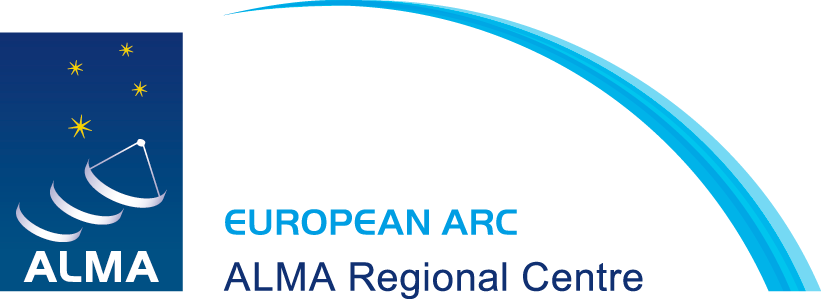European ARC Announcements
European ARC Announcements are provided by ESO and the European ALMA Nodes that together make up the European ALMA Regional Centre Network.
ALMA Science Archive remote visualization with CARTA
Published: 12 Mar 2021I-TRAIN #6: Improving image fidelity through self-calibration
Published: 08 Mar 2021Hands-on Training Opportunity: ALMA Data Reduction
Published: 07 Mar 2021Array Recovery Status Update
Published: 25 Jan 2021Calibrated data available to all European users
Published: 19 Jan 2021I-TRAIN #4: How to inspect your ALMA data quickly and reliably
Published: 15 Jan 2021I-TRAIN #5: Simulating ALMA Observations with the OST
Published: 14 Jan 2021ALMA Cycle 8 2021 Pre-Announcement
Published: 17 Dec 2020
« Previous
1
| 2
| 3
| 4
| 5
| 6
| 7
| 8
| 9
| 10
| 11
| 12
| 13
| 14
| 15
| 16
| 17
| 18
| 19
| 20
| 21
| 22
| 23
| 24
| 25
| 26
| 27
| 28
| 29
| 30
| 31
| 32
| 33
| 34
| 35
| 36
| 37
| 38
| 39
| 40
| 41
| 42
| 43
| 44
| 45
| 46
| 47
| 48
| 49
| 50
Next »
Showing 201 to 208 of 396 announcements

